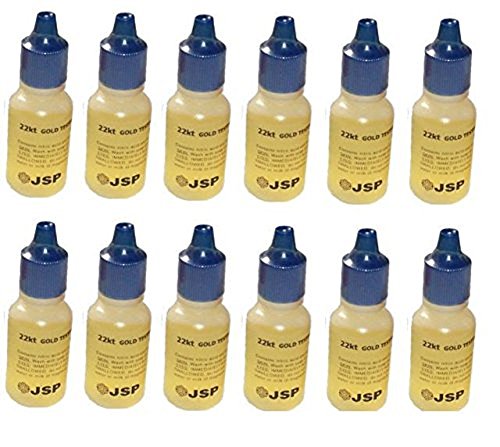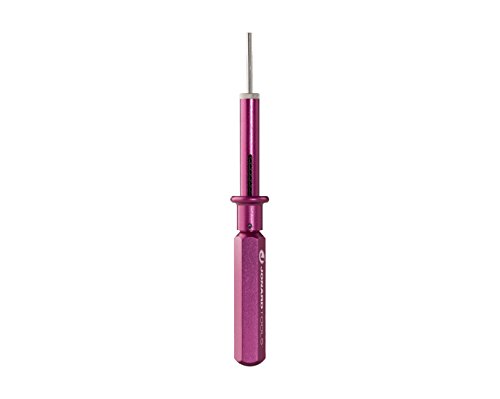Amol Gupta
knowledgeSeaker2207
- Joined
- Dec 17, 2023
- Messages
- 88
I did that the readings were not consistent.Most Multi meters have a function to measure resistance directly.
The lowest resistance reading I got was 1 ohm everyother reading was north of that

































































![[5-Yrs Free Data Recovery] Gigastone 256GB Micro SD Card, 4K Game Pro, MicroSDXC Memory Card for Nintendo-Switch, GoPro, Action Camera, DJI, UHD Video, R/W up to 100/60MB/s, UHS-I U3 A2 V30 C10](https://m.media-amazon.com/images/I/41c2At+bojL._SL500_.jpg)









